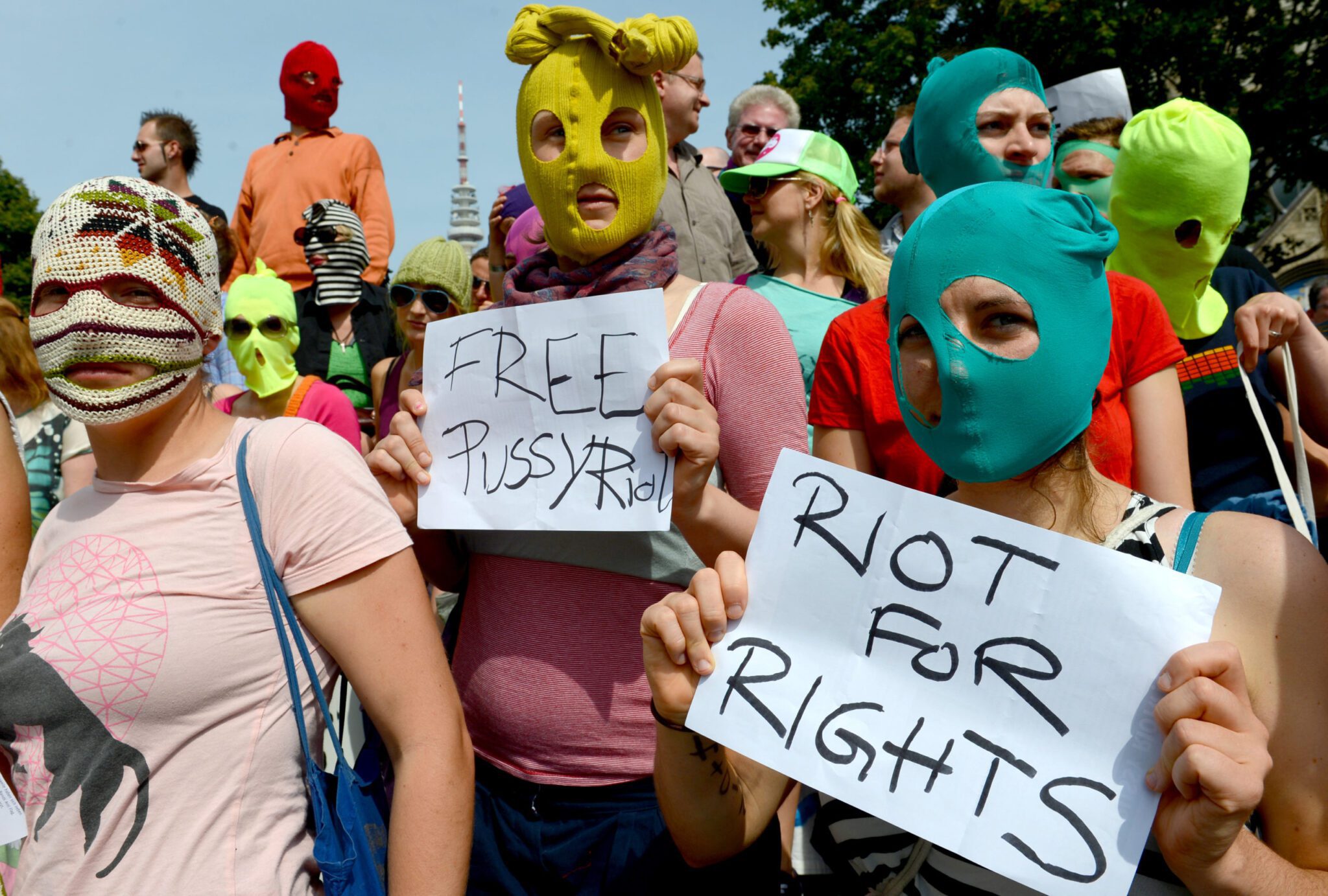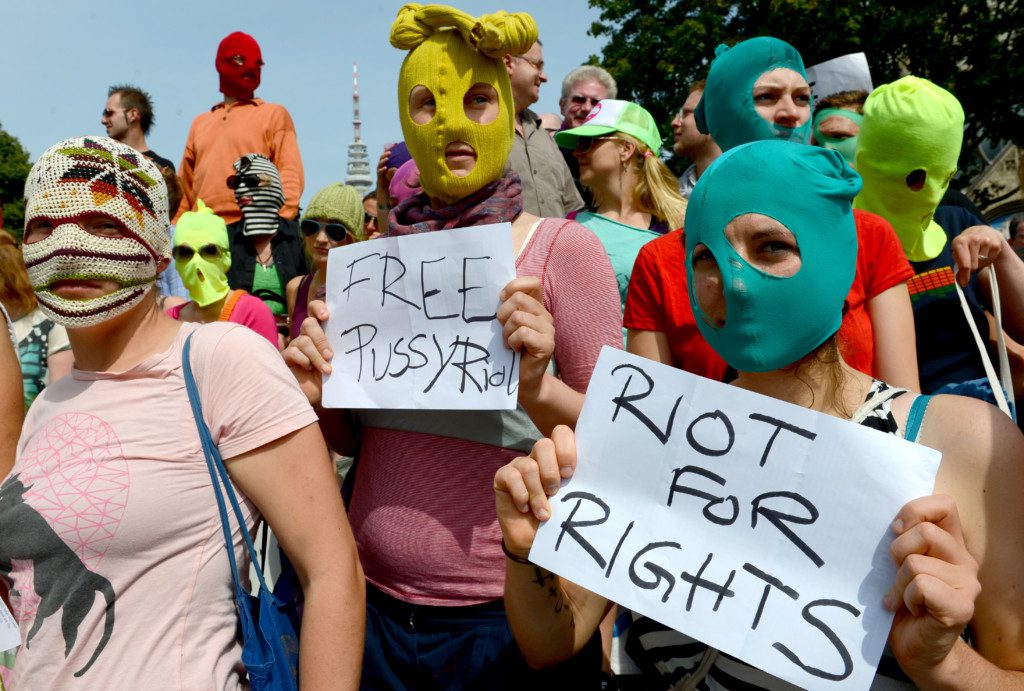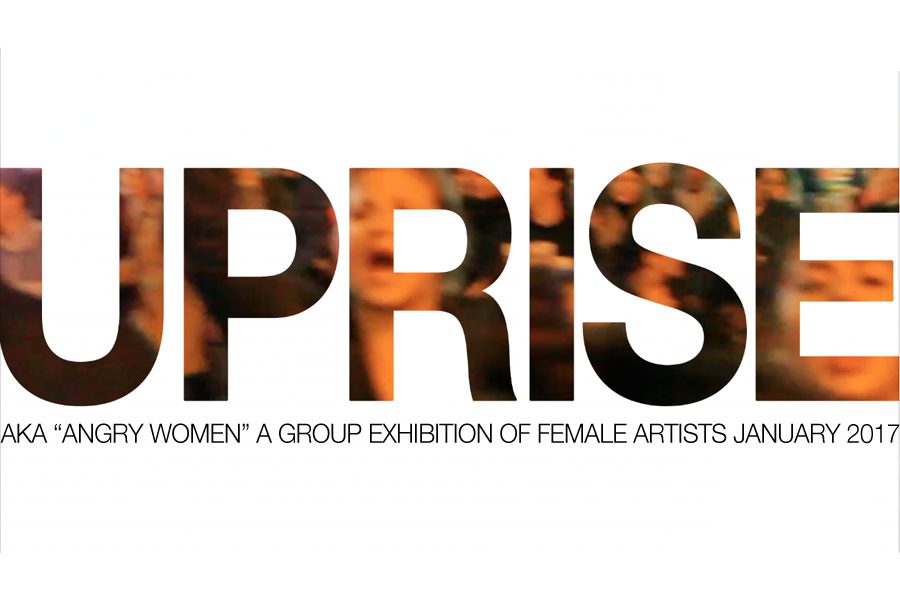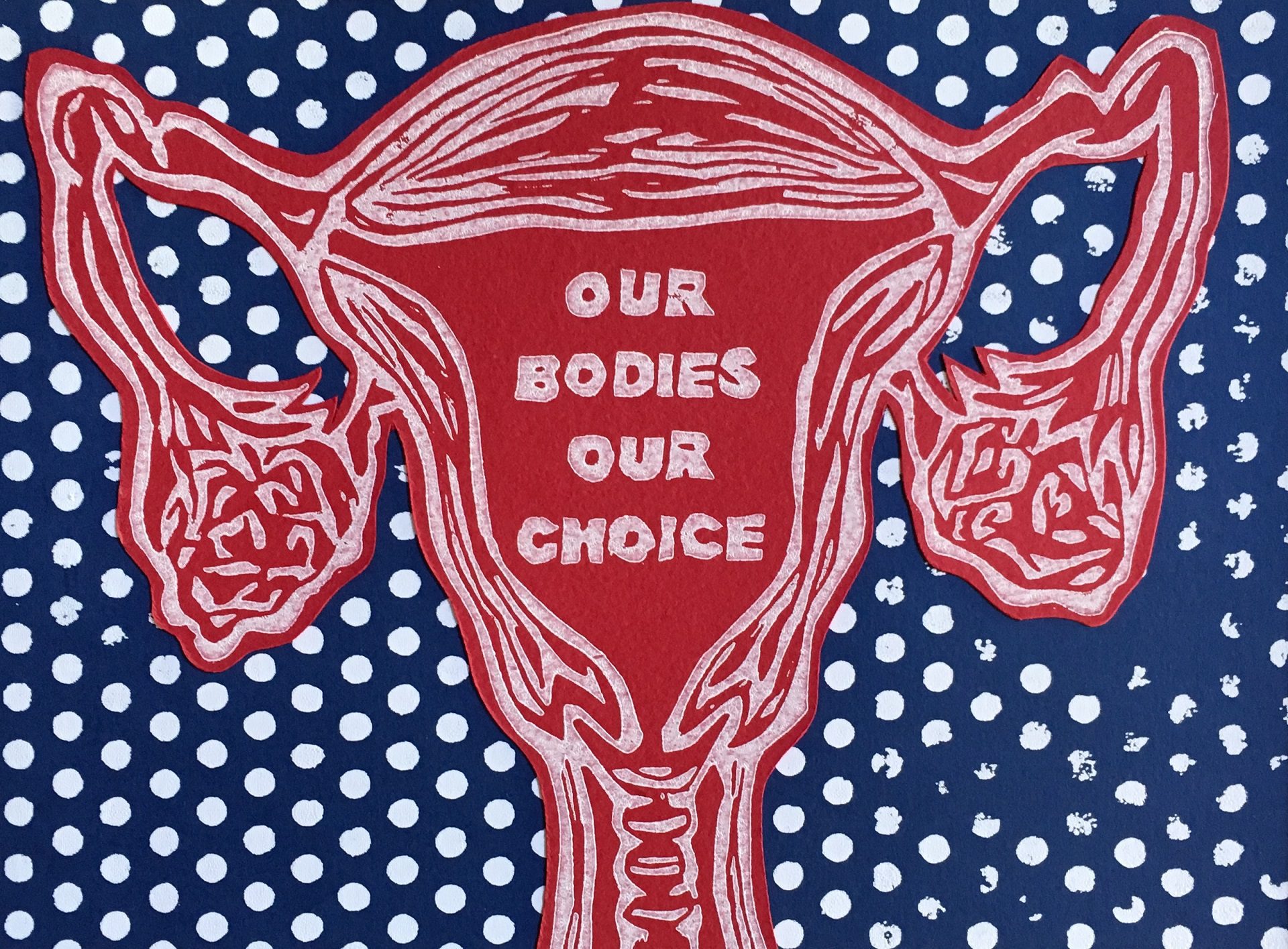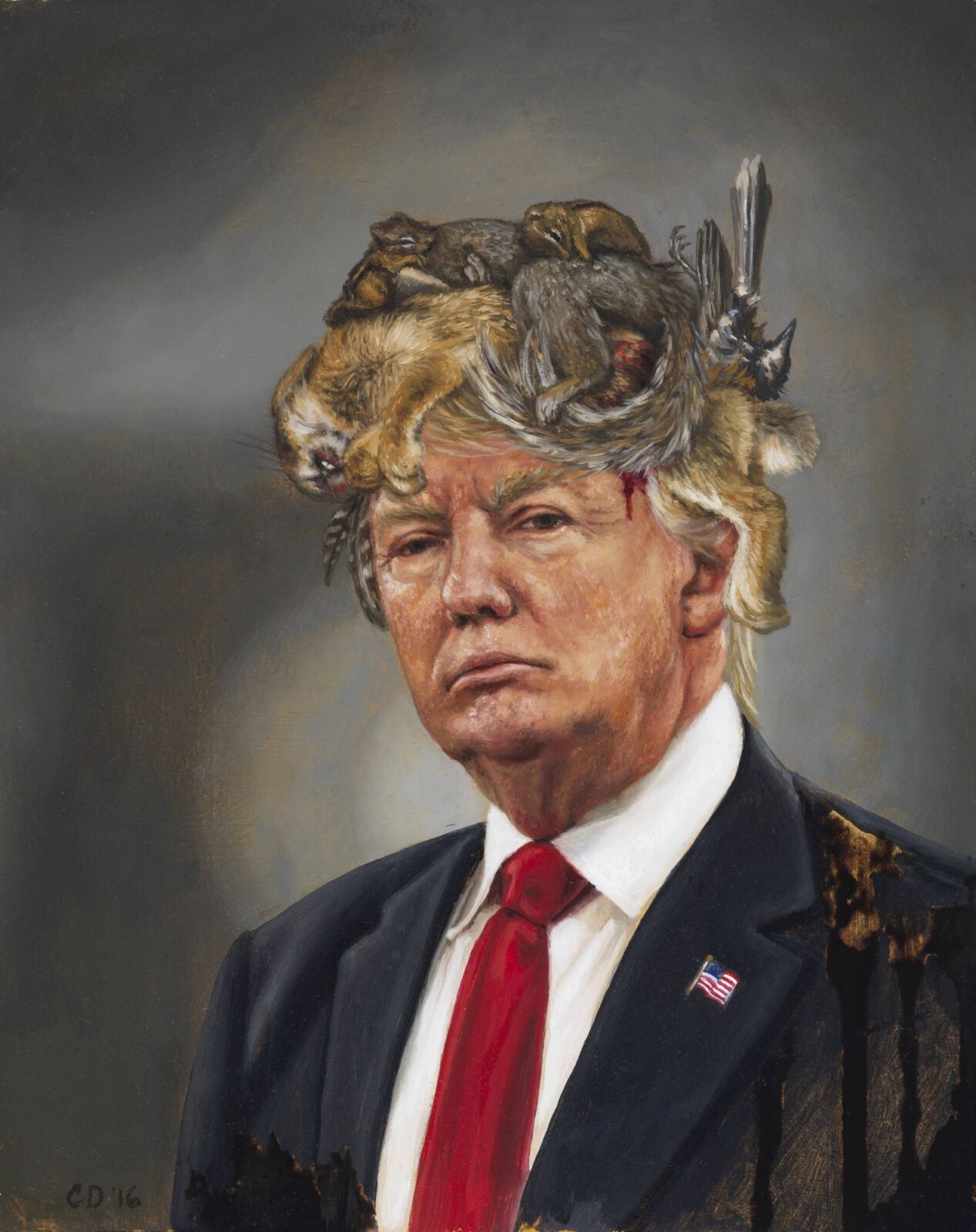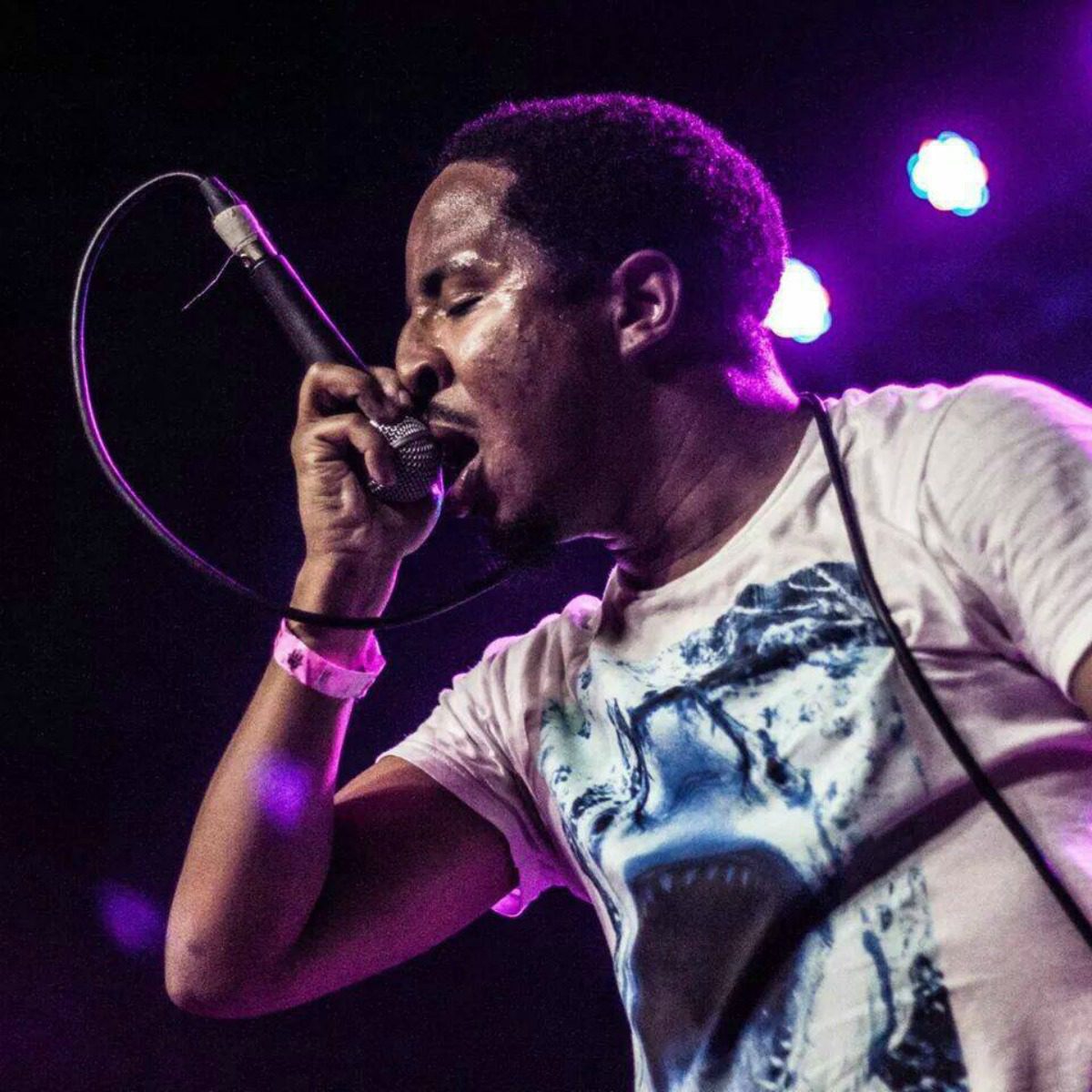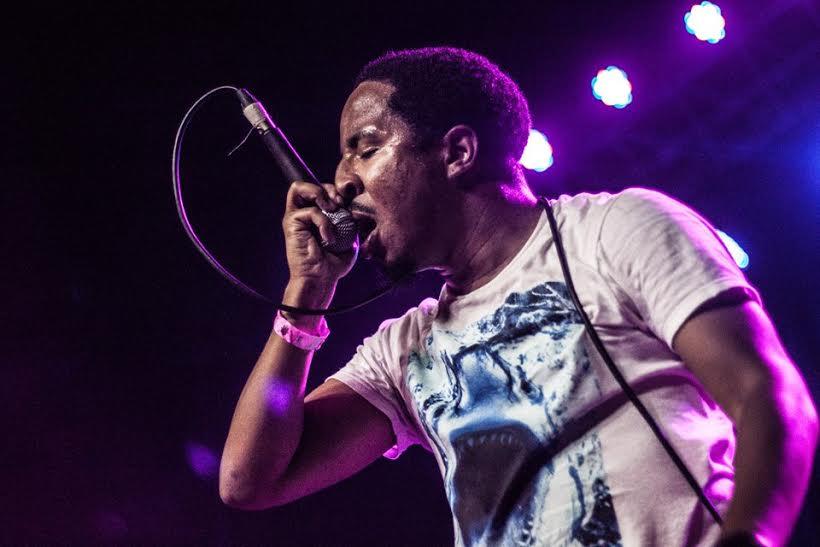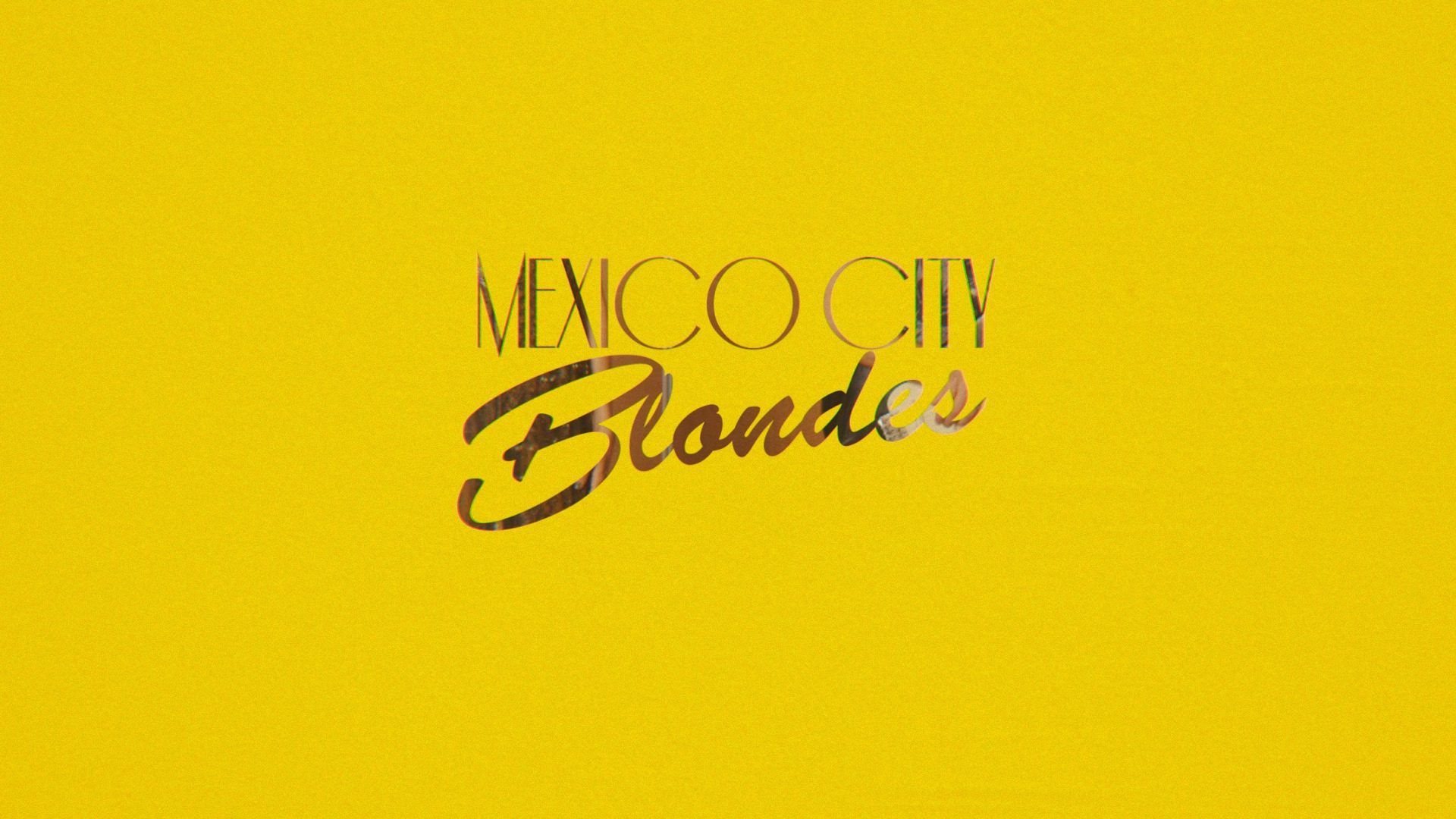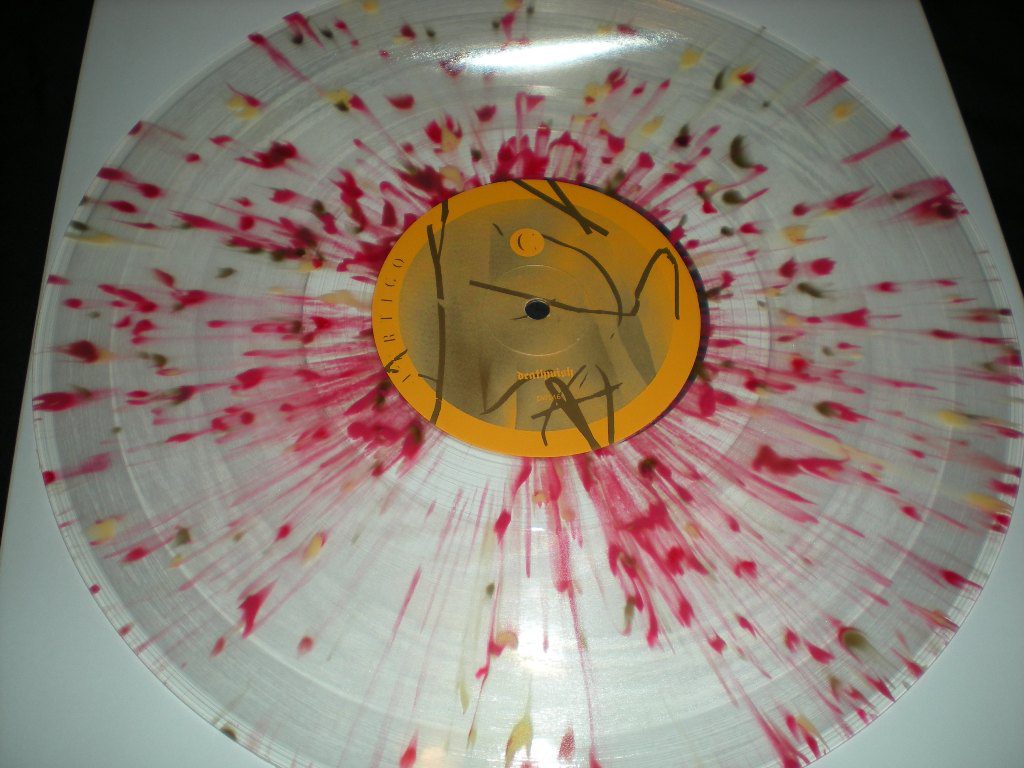WOMAN OF INTEREST: Photographer Melissa Kobe + Poet Sarah Suzor
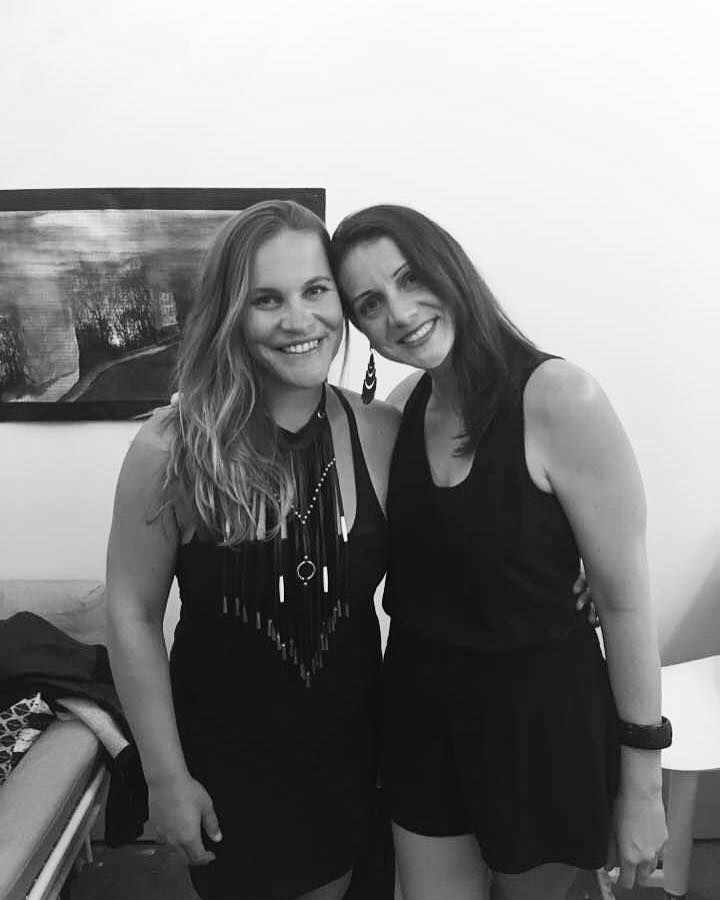

Humanity’s relationship to nature is a complicated one. Too often, people make the mistake of seeing themselves as masters, taming the earth inch by inch; in reality, the earth is quick to respond and fight back. Cracks in the sidewalk reveal grass gasping for breath, abandoned homes from the recession quickly fill with animals looking for shelter. The truth is we are symbiotic. Photographer Melissa Kobe and Poet Sarah Suzor explore our give and take relationship with earth in Am I Surrounding You?, a collaborative art book they debuted at Los Angeles’ Keystone Art Space Spring Open Studios last month.
To start, I’d love a little backstory on each of you. When did you decide to take up each medium as your profession?
Sarah: I was always writing. I went to college for journalism, moved to L.A. and worked for a local Los Angeles luxury magazine. After writing about $4,000 spoons for a year, I wanted to try my hand at a more creative (and rewarding) career. So, I started writing and publishing poetry. After that, I wanted to help everyone do the same with their writing (poetry, fiction, non-fiction), so I created my own company INK, LLC, and dove into helping my clients get their writing published.
Melissa: I’ve always been obsessed with imagery. I felt the enormity and the power of it as a kid sitting in Catholic mass, just looking at all the super dreary images of almost all white men. Being surrounded by those images just felt so heavy and unsettling. That was definitely the darker side. The lighter side was movies – seeing how people tell stories with pictures always resonated with me, I think, because I wasn’t the best at communicating with words. I still don’t think I am, but I’ve gotten better as I get older. I really first picked up a camera in Junior High when I was the editor of the year book. From then I always did it as a hobby, but didn’t decide to try and do photography as a profession until I was an adult.
Melissa, can you tell us about the intention behind this photography series, before you brought Sarah into the fold?
Melissa: It’s so weird because the whole thing unfolded out of nothing. I read in Westways about this beach in San Diego where these sharks laid their eggs. There’s a couple week period where they all hatch and you can go snorkeling with hundreds of sharks. I wanted to do it so bad! I rented a go-pro and went down there to find not one fucking shark. I was so bummed I didn’t even look at the pictures for like six months. When I finally did, I thought they were really cool and started looking at them in a different perspective of hope, fear and disappointment… All things that didn’t really show themselves in the photos. Sarah and I had been talking for years about hooking up on a project together, so I reached out to her to see if she wanted to look at them and write something, interpreting them her own way. That’s where it all started. After it was over we both had such a great experience with the whole thing, we decided to keep it going.
How did the two of you meet?
Sarah: Melissa was working at the 50s Cafe on Santa Monica Blvd, and my ex boyfriend’s twin brother would frequent the Cafe all the time. The twins had a band; he asked Melissa to photograph their gigs. I met Melissa at Big Foot West, I believe, and we got along so well instantly. That was 12 years ago. I kept her, and the boy, he’s an ex.
Melissa: I think it was the Good Hurt.
Sarah: You’re right! Good Hurt.
Melissa: We hit it off instantly.
Sarah, have you ever worked in this order before? Drawing from source material, then crafting your poetry?
Sarah: I have worked with other writers. My last full-length collaboration, After the Fox, was written as email correspondence with my co-author, Travis Cebula. But I have never worked with anyone who uses a visual medium. It was great. I got to break a lot of my own “writerly rules.”
How has the experience differed, working with a photographer vs working with another writer?
Sarah: Well, there’s not as much pressure on the words themselves. And there’s not enough room for the words to take all the credit. A huge, vague image might need more words, a very detailed image might need less words. It’s more like a symphony than a solo. I liked taking all that into consideration, and letting Melissa’s images speak for themselves, while still adding another dimension.
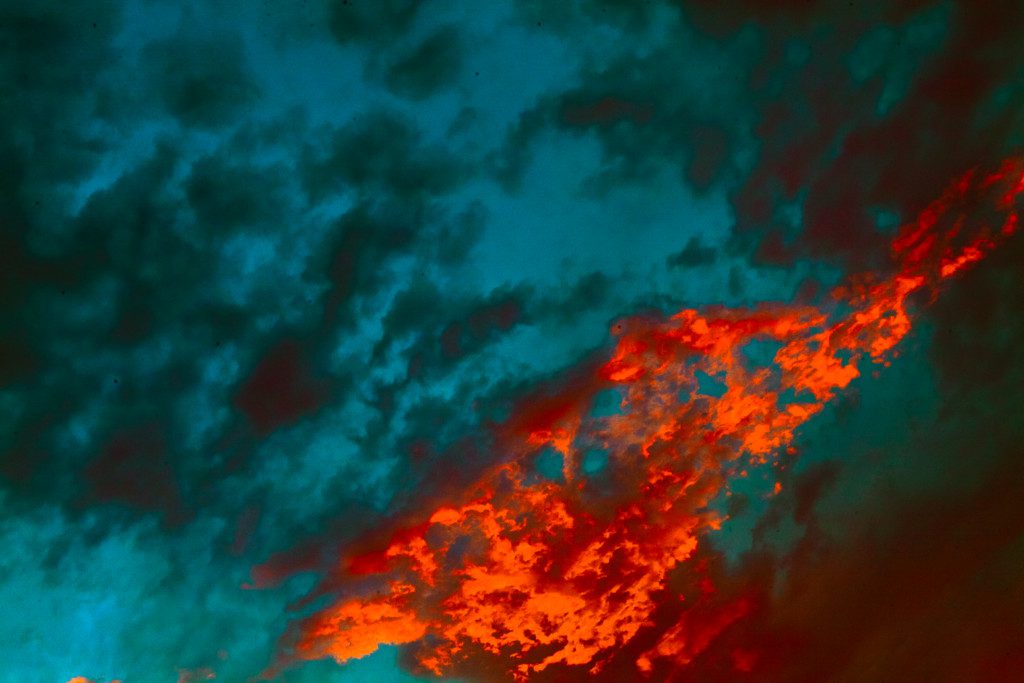
The title of the book is also the name of the first poem presented. What is the intention behind the title? Are we, as the readers, supposed to infer something immediately?
Sarah: It’s taken from a line in the first piece, “Having Sprung, or Vernal.” I think that line came from the idea of the water images. Am I surrounding you, or are you surrounding me? When I wrote it, I was simply thinking about being engulfed by water, or being a foreign object in the sea (like a human, that, obviously, can’t survive there). However, I also think it translates to holding a book, reading a book or being mesmerized by an image. It’s kind of about participation. In life, even. Then again, there’s always 1400 different ways to take it.
Melissa: I loved that title because in my head, the whole “changing of the seasons” is such an important theme. Not just for this collaboration, but in life. I feel like there’s always a “life force” for lack of a better description, that connects all of it and all of us. There’s something to be said for accepting what is, and “Am I surrounding you?” perfectly represented this this feeling of yin and yang. We are not separate from nature, we are a part of it. The following line is: “or are you surrounding me?” which further punctuates the point. I think that’s what’s been so cool about this collaboration… This different point of view that can be interpreted a hundred different ways depending on who’s reading/viewing it.
I was going to bring that up! The consistent theme of your ongoing collaboration is the changing of the seasons. Why did you choose that as the anchor of your series?
Melissa: I think it’s always been about the way it feels. Spring feels different than winter… Summer feels different from autumn. We can try to go against nature, but it never works. This can be interpreted very literally, but also philosophically. Our life patterns mimic those patterns found in nature… I find it beautiful and comforting. I like those things that express a deeper internal dialogue or truth. Those feelings that are instinctual that can’t always be described in words… Or when they are, it’s even more beautiful because you’re connecting something in a way that is comprehendible. It’s the most natural touchstone that everyone can relate to.
2016’s theme was the natural elements; Earth, Air, Fire and Water. What inspired that choice?
Sarah: I think, again, it is perhaps the accessibility of binary forces, and our natural inclination to understand elemental entities.
Melissa: It kind of just happened. We talked about wanting to do another collaboration and I brought up my desire to do something with the changing of the seasons. That meant three more projects and you were like, well what goes with water… and you came up with the idea of doing all the other elements. The whole thing just unfolded so naturally.
Sarah: Also, for a writer, working with photos of the elements, I knew Melissa’s images would stand out and capture something dramatic.
Melissa: I’m constantly taking sky pictures and was stoked to have a reason to pull some of them from the depths of my computer and have a little light on them. Especially with Sarah interpreting them in her bitchin’ way.
Sarah: Swoon, the sky!
In the earth section of the book, the photography reminded me of ancient cave drawings. Melissa, can you tell me a little bit about the process behind that part of the series?
Melissa: That’s awesome it reminded you of cave drawings! For the earth section, I made actual prints of images from the first two sections. I distressed them like the earth would… left them out in the rain on a hiking trip to Escalante last fall, put rocks and sand over them and ran over them with my car… Took rocks and twigs and scraped them up. They didn’t quite distress in a way I had hoped using all natural elements which was the initial goal, so I got some paint and pushed it along a bit. I’d throw leaves and dirt on the prints and then let the wind catch the paint.
[fusion_builder_container hundred_percent=”yes” overflow=”visible”][fusion_builder_row][fusion_builder_column type=”1_1″ background_position=”left top” background_color=”” border_size=”” border_color=”” border_style=”solid” spacing=”yes” background_image=”” background_repeat=”no-repeat” padding=”” margin_top=”0px” margin_bottom=”0px” class=”” id=”” animation_type=”” animation_speed=”0.3″ animation_direction=”left” hide_on_mobile=”no” center_content=”no” min_height=”none”]
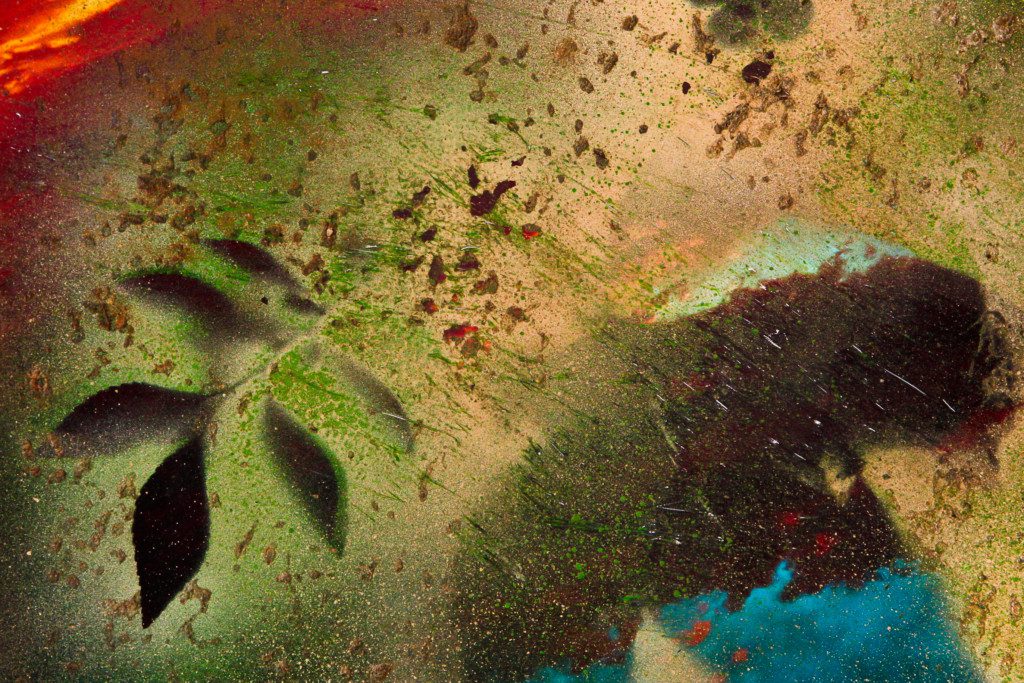
You’re both currently in “production mode,” planning a new project that centers on the theme “The Feminine.” How did you narrow your focus to that subject?
Sarah: We just get started and see where it goes! But what will be different here is I will be talking to the photography models/muses and hopefully incorporating their story and their dialog into the writing. So, in some ways, it will be up to the muses, which is thrilling for me as the writer. The words will literally and figuratively take the shape of the muse.
Models are needed for this next project, which will showcase a variety of women in various states of nudity. What would you say to a woman who’s interested in participating… but a little nervous about the nudity?
Sarah: I would say Melissa will make anyone feel comfortable and gorgeous.
Melissa: I understand that nudity is scary. I’m scared to shoot nudes! It’s all love, and it’s not about just them… It’s about all of us and we’re doing this together.
Sarah: One idea behind the book is also more about the beauty of the natural feminine form than it is about the nudity.
Melissa: We don’t know where this will take us, but that’s why we’re doing it. We want to explore a topic that meaningful to the both of us. The nudity is just a physical expression of stripping down. I see and feel the beauty in people as they are. [/fusion_builder_column][fusion_builder_column type=”1_1″ background_position=”left top” background_color=”” border_size=”” border_color=”” border_style=”solid” spacing=”yes” background_image=”” background_repeat=”no-repeat” padding=”” margin_top=”0px” margin_bottom=”0px” class=”” id=”” animation_type=”” animation_speed=”0.3″ animation_direction=”left” hide_on_mobile=”no” center_content=”no” min_height=”none”][It’s] coming from a place of love and acceptance, so hopefully that helps with some of the nerves.
What do you hope readers will take away from ‘Am I surrounding you’?
Melissa: I just hope what we produced makes people think or feel something.
Sarah: I hope they take away something they can relate to. I hope they open that book, and close it feeling like they have something to talk about, share, and question. I hope they emote.
Am I Surrounding You? is now available for purchase at www.sarahandmelissa.com.[/fusion_builder_column][/fusion_builder_row][/fusion_builder_container]

